Collision Insurance: A Burning Question Answered
Do You Need Collision Insurance in 2025?
As we approach 2025, the need for collision insurance is becoming a key question. With new automotive technologies and the growth of autonomous vehicles, road safety is changing rapidly.
Yet, despite these technological leaps, the unpredictable nature of driving and the potential for costly repairs or replacements after an accident suggest that collision insurance may still hold significant value for car owners.
The answer isn’t as straightforward as you might think. With autonomous vehicles hitting the roads, repair costs soaring, and insurance algorithms evolving, your decision could save—or cost—you thousands. Imagine this: Your self-driving car gets rear-ended by a distracted driver.
Who pays? Collision insurance could be your financial safety net. Here’s why this coverage matters and how to handle it in 2025.
What Is Collision Insurance?
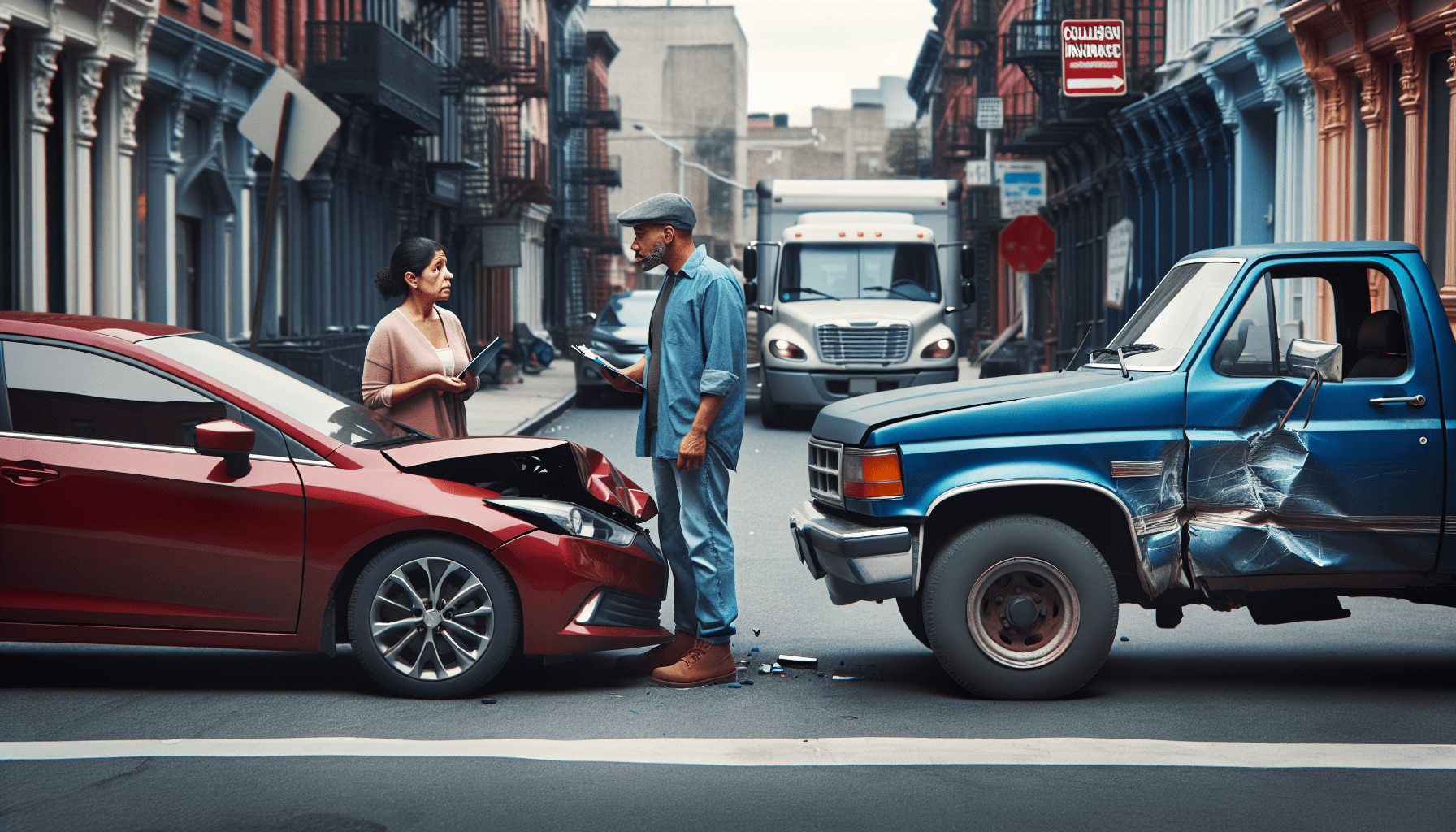
Collision insurance helps pay for repairs or replacement of your car if it’s damaged in an accident with another vehicle or object, no matter who is at fault. As self-driving cars become more common, this type of coverage is evolving.
With autonomous vehicles on the rise, questions about liability and insurance claims are growing, pushing insurers and car owners to rethink traditional collision coverage models.
Collision insurance covers repairs to your vehicle after an accident, regardless of fault. Unlike liability insurance (which pays for others’ damages), collision insurance steps in when you hit another car, a tree, or a pothole. In 2025, with EVs and autonomous tech complicating repairs, this coverage is more relevant—and controversial—than ever.
2025 Trends Reshaping Collision Insurance
1. The Rise of Self-Driving Cars
As autonomous vehicles become more prevalent on the roads, the question of liability in the event of a collision becomes increasingly complex. Insurance companies are grappling with who is at fault when a self-driving car is involved in an accident—is it the manufacturer, the software developer, or the human occupant?
This uncertainty has led to the development of new insurance models and policies specifically tailored to address the unique risks associated with autonomous vehicle technology, ensuring that coverage is applicable and adequate in the face of these futuristic challenges.
Tesla’s Full Self-Driving and Waymo’s robotaxis are reducing human error accidents. But when accidents occur, who’s liable? Elon Musk predicts a 50% drop in collisions by 2030, but repair costs for sensors and AI systems could skyrocket.
2. Electric Vehicles (EVs) and Repair Costs
The growth of electric vehicles (EVs) is changing car repairs. Unlike traditional cars, EVs have fewer parts, leading to less maintenance and fewer mechanical issues.
The complexity and cost of EV battery packs and drivetrains can make repairs expensive. As technology evolves, mechanics will need specialized tools and knowledge, which could increase labor costs and lengthen repair times.
EVs like the Tesla Model Y and Rivian R1T have specialized batteries and frames, making even minor repairs cost over $15,000. Forbes reports that EV repairs are 25% pricier than gas car repairs.
3. Inflation and Supply Chain Pressures
Amidst these financial pressures, the rise of AI personalization in the automotive industry could provide a silver lining. By leveraging machine learning algorithms, manufacturers and repair shops can optimize inventory management, predict maintenance issues, and streamline the supply chain, potentially reducing the time and cost associated with EV repairs.
Moreover, AI-driven diagnostic tools can facilitate quicker and more accurate assessments of damages, ensuring that repairs are not only faster but also more cost-effective, and mitigate some of the inflationary and supply chain challenges currently faced by the industry.
Extended delays for parts and increasing expenses can lead to setbacks. Without collision coverage, you could be left covering the costs of rentals and repairs on your own.
Debunking 3 Collision Insurance Myths
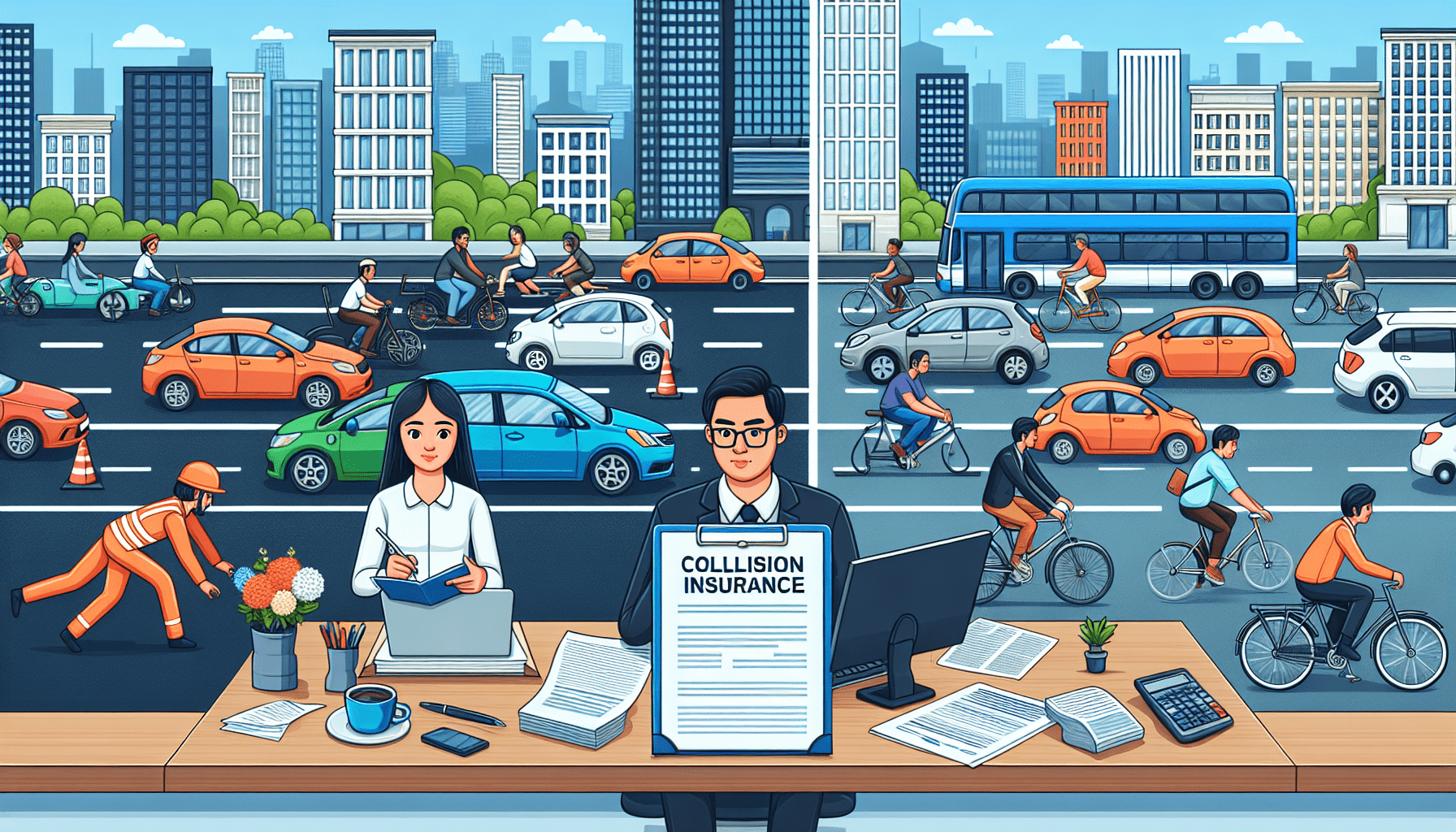
🔍 Myth 1: “Collision Insurance Is Only for New Cars.”
Truth: While it’s true that newer cars can benefit greatly from collision coverage due to their higher value, older vehicles shouldn’t be discounted.
Collision insurance can be a financial lifesaver, even for cars that have seen a few years on the road, by protecting against unexpected repair costs that could otherwise be a heavy burden.
If your older car is in good shape or holds personal value, having coverage can provide peace of mind while driving. Even older vehicles gain from coverage. For instance, if your 2018 Honda Accord is totaled, collision coverage compensates for its current value.
🔍 Myth 2: “Autonomous Cars Don’t Need Collision Coverage.”
Truth: While the advancement of autonomous vehicles continues to progress, the reality is that they are not infallible. Autonomous cars, despite their sophisticated sensors and algorithms, can still be involved in collisions due to unpredictable variables like human drivers, wildlife, and sudden weather changes.
Keeping collision coverage for a self-driving car is crucial to safeguard against financial risks from accidents that technology can’t avoid. Even if accidents become less common, repair costs are higher. For instance, replacing one LiDAR sensor can cost around $3,000.
🔍 Myth 3: “State Minimum Coverage Is Enough.”
Truth: State minimum coverage often falls short in covering all costs from a serious accident. With repair costs for modern vehicles rising, expenses can easily exceed these limits.
Moreover, if you’re found at fault for an accident that causes significant injury or property damage to others, you could be on the hook for amounts that far surpass your insurance coverage, potentially putting your assets at risk.
Therefore, it’s advisable to consider insurance options that provide comprehensive protection beyond the state minimums. Liability-only policies leave YOU footing the bill for your car’s repairs.
Do You Need Collision Insurance in 2025? Key Factors
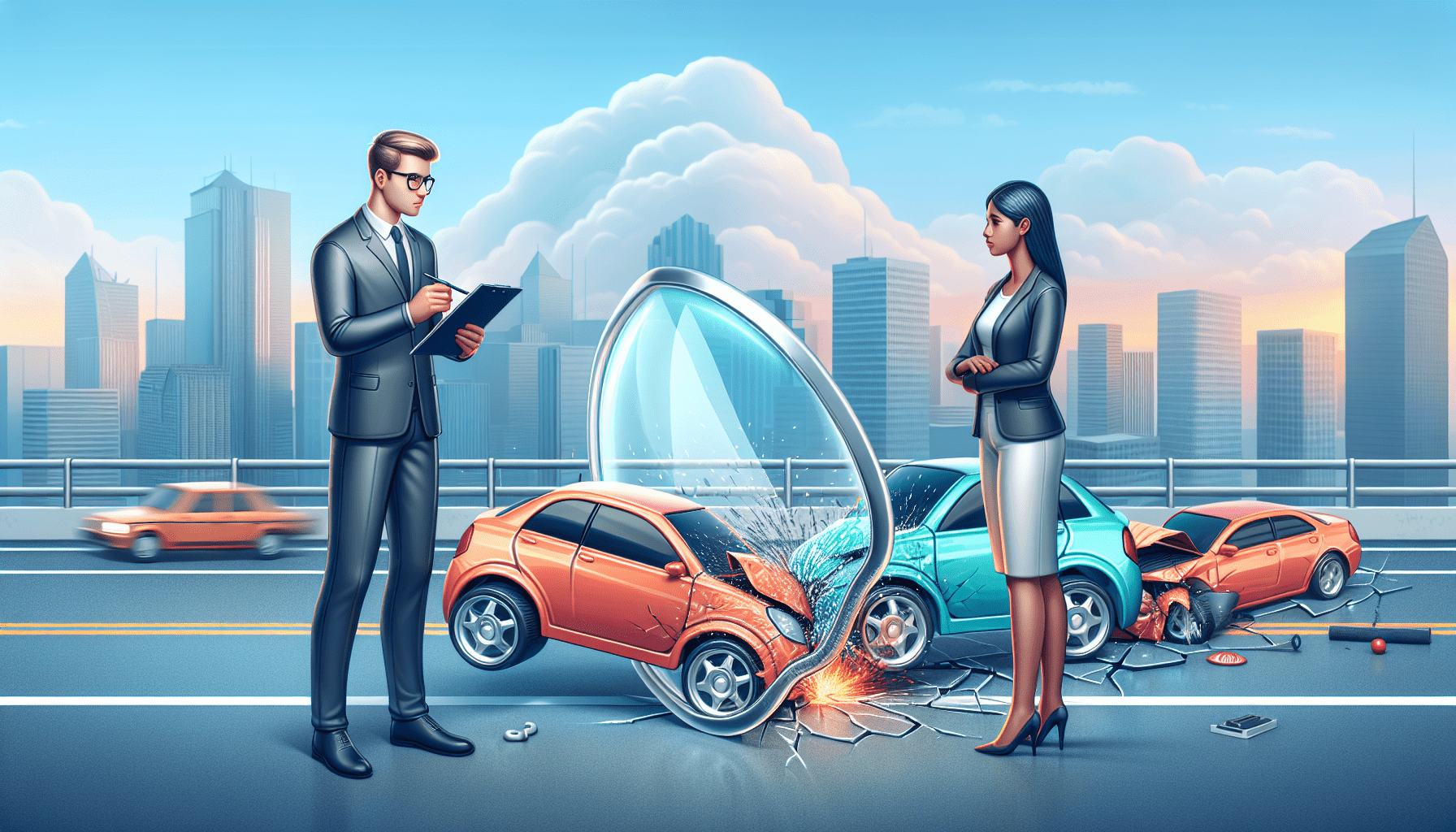
1. What’s Your Car’s Value?
When assessing whether collision insurance is necessary for you in 2025, it’s essential to evaluate the current market value of your vehicle. If your car is newer or a high-end model, the cost to repair or replace it after an accident can be significant.
On the other hand, if your vehicle is older and its value has depreciated substantially, you might find that the potential payout from a collision claim would not justify the higher premiums you’d pay for this coverage. Use Kelley Blue Book or Edmunds to calculate your car’s worth. If repairs exceed 50% of its value, collision coverage may not be cost-effective.
2. What’s Your Deductible?
When considering your deductible, think about your financial situation and how much you can comfortably afford to pay out of pocket in the event of an accident.
A higher deductible means lower monthly premiums but higher out-of-pocket costs if you file a claim. Finding the right balance is key—saving money each month for emergencies. For instance, a $1,000 deductible lowers premiums but means paying more upfront if you file a claim. Pick a deductible that works for your budget and comfort level.
3. How Risky Is Your Driving?
Understanding your driving habits is crucial when selecting car insurance coverage. If you frequently drive in high-traffic areas or have a history of minor accidents, opting for a lower deductible and higher coverage limits might be wise.
On the other hand, if you’re a careful driver with a clean record, choosing a higher deductible could lower your monthly premiums since you’re less likely to file a claim.
Always weigh your personal risk factors against the financial implications to find the most suitable insurance plan for your needs. Urban drivers and commuters face higher accident odds. NHTSA reports 42% of crashes occur in cities.
Box 2: Top 5 Google Searches Answered
“Is Collision Insurance Necessary?”
While collision insurance isn’t legally required, it’s typically mandatory if you’re leasing or financing a vehicle. Most lenders insist on this coverage to safeguard their investment.
Without it, you could be left footing the entire bill for repairs or replacement of your car following an accident, which could run into the thousands, depending on the severity of the damage. No, but lenders/lessors often require it.
“Does collision insurance cover hit-and-runs?”
Yes, collision insurance can help cover the cost of repairing your car after a hit-and-run, minus your deductible. It provides financial protection in situations like these.
It’s important to note, however, that while collision coverage does provide this safeguard, reporting the incident to the police promptly and filing a claim with your insurance company as soon as possible are critical steps to ensure your coverage kicks in without a hitch. Yes, if you file a police report.
🔎 “How much collision insurance is right for me?”
Choosing the right amount of collision insurance depends on your situation. Think about your car’s value, your driving habits, and how much risk you’re willing to take.
Finding the right balance between premium costs and potential accident expenses is essential. Make sure your coverage matches your car’s actual cash value to avoid overpaying or being under-protected.
3 Pro Tips for 2025
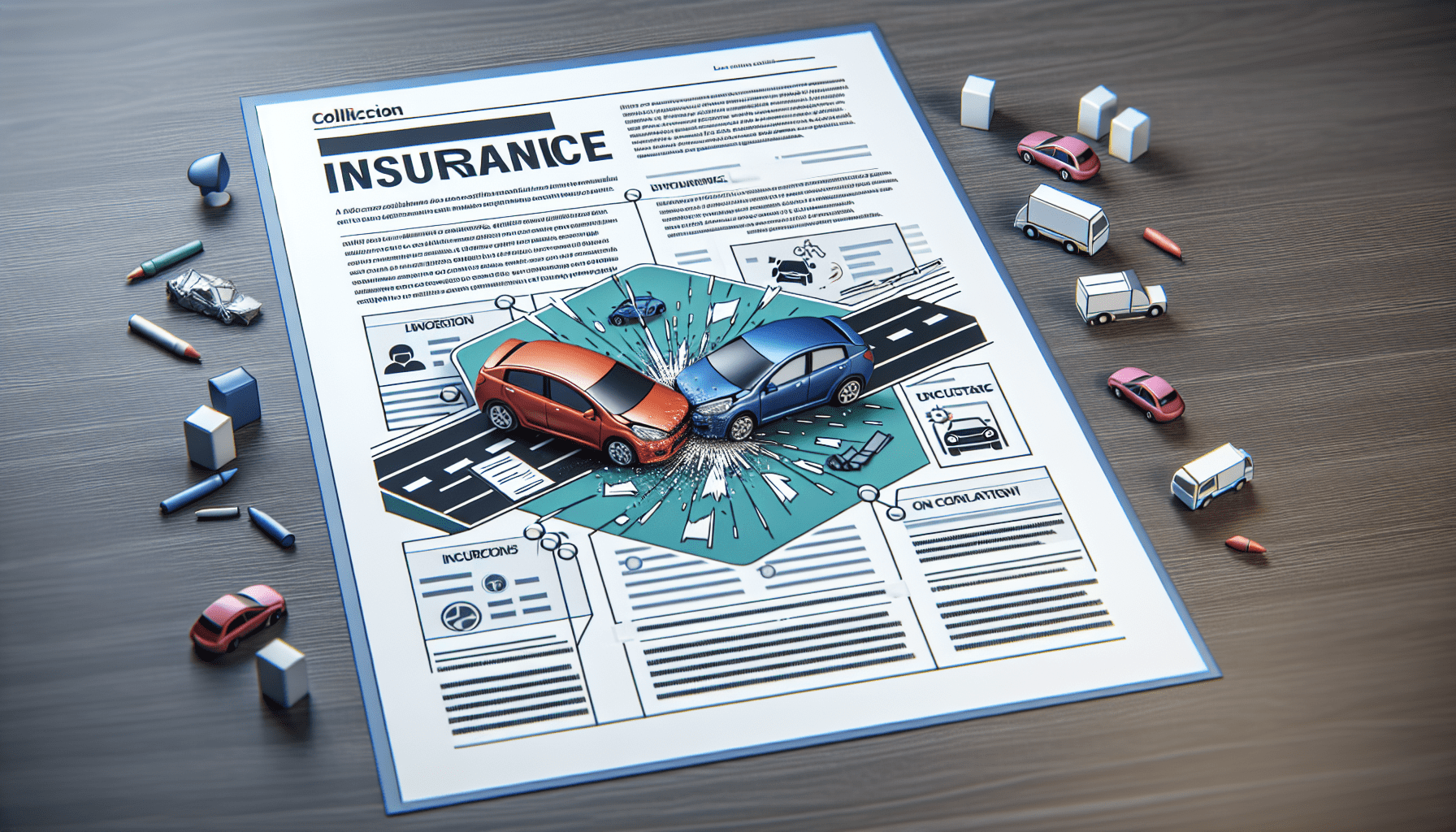
Bundle Policies: Managing insurance has never been easier with today’s technology. Many insurers offer apps and online tools to update coverage, track claims, and get tips to lower premiums.
Stay updated with technology and use these tools to keep your insurance policy current and customized for you. Bundle collision and home insurance to save 20%.
✅ Negotiate Repairs: Leverage Smart Home Technology: In today’s tech-driven world, incorporating smart devices into your home can help lower insurance premiums. Smart sensors and IoT devices allow you to monitor risks like water leaks, fires, or break-ins, enabling quick action to prevent damage.
Insurance companies often offer discounts to homes equipped with these technologies, recognizing the reduced risk of claims from advanced warning systems. With AI personalization, your home becomes a proactive partner in managing your finances. Use OEM parts to maintain warranty and resale value.
✅ Leverage Telematics: Harnessing the Power of AI in Home Automation: As AI personalization extends its reach into home automation, the concept of a ‘smart home’ evolves beyond mere convenience. Your living space now anticipates your needs, adjusting lighting, temperature, and even playing music based on your mood and habits.
This customization boosts comfort and reduces energy use, potentially cutting utility costs. With AI-powered systems, homeowners can create a proactive living space tailored to their needs. Programs like Progressive’s Snapshot can also help lower insurance premiums.
Case Study: A 2025 Scenario
By 2025, AI personalization will be fully integrated into daily life. Smart homes now predict residents’ needs, automatically adjusting lighting, temperature, and offering meal suggestions based on preferences and habits.
Insurance companies, like Progressive, offer dynamically priced policies that reward safe driving habits monitored by AI systems, providing a seamless and cost-effective experience for responsible drivers.
Sarah, a rideshare driver in Chicago, skipped collision insurance to save $80 a month. When her EV was sideswiped, the repair cost was $12,000. After liability coverage, she had to pay $8,000 herself. Lesson: High-risk drivers should consider collision insurance.
Alternatives to Collision Insurance
- Liability-Only: While liability-only coverage may seem like a cost-effective option for drivers looking to save on premiums, it offers no protection for your vehicle in the event of an accident that you cause.
- This means you’d have to cover all car repair costs, which can be financially overwhelming, especially with the high expenses of fixing modern, tech-heavy vehicles.
- Therefore, for individuals who cannot afford the risk of potentially high repair bills, skipping on collision insurance might not be the wisest financial decision. Cuts costs but risks massive out-of-pocket expenses.
- Gap Insurance: Gap insurance is essential if you lease or finance a car. It covers the difference between your car’s value and what you still owe on the loan or lease if the car is totaled.
- Without gap insurance, drivers might owe their lender more than the car’s value, as vehicles lose value quickly in the first few years.
- This coverage helps prevent financial hardship if your car is totaled, reducing stress after an accident.
- Pay-Per-Mile: Pay-Per-Mile insurance is an innovative solution for those who drive less, offering a more flexible and often more affordable coverage option. With this type of insurance, premiums are based on the actual number of miles you drive, tracked through a secure device installed in your vehicle.
- This is an excellent choice for remote workers, city dwellers using public transit, or anyone who drives infrequently. Pay-Per-Mile policies align insurance costs with driving habits, helping you avoid overpaying. Ideal for low-mileage drivers (e.g., MetroMile).
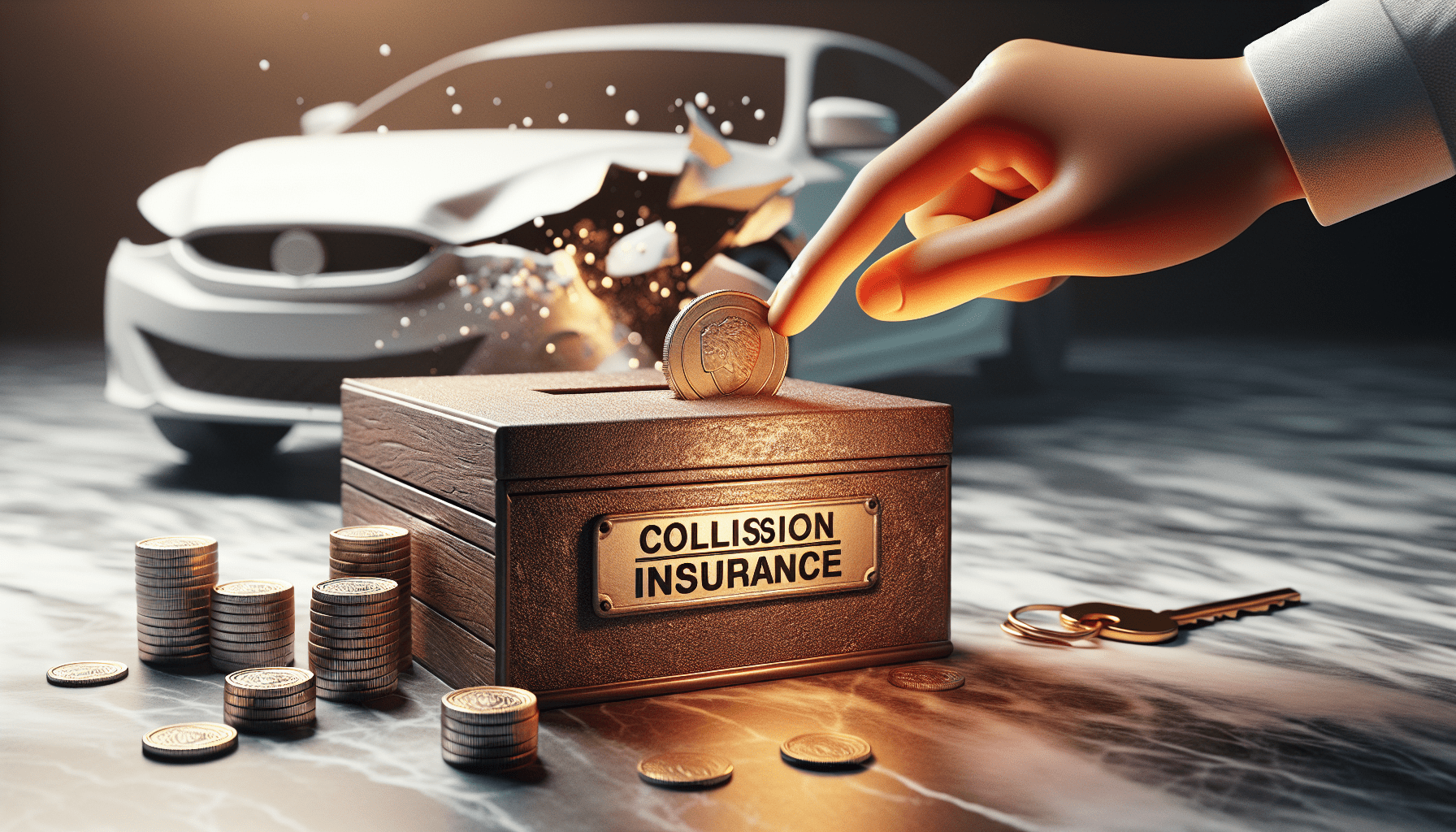
FAQs
Q: Will collision insurance cover autonomous software failures?
A: Collision insurance usually covers damage to your car from accidents like crashes with other vehicles or objects. Coverage for autonomous software failures depends on your specific policy and insurer. Check your policy or talk to your insurance agent to see if such issues are included.
In the evolving landscape of AI and vehicle automation, some insurers are adapting their policies to include protection against software glitches or malfunctions that could lead to collisions. If the policy explicitly includes tech repairs. Review your terms!
Q: Does collision insurance cover natural disasters?
A: No, natural disasters are usually covered by comprehensive insurance, not collision insurance. Comprehensive insurance protects against damages from events like fires, theft, vandalism, earthquakes, or floods.
Vehicle owners need to know the difference between collision and comprehensive coverage to stay protected from various risks. Comprehensive insurance covers floods, fires, and hail.
Conclusion: Act Now, Save Later
Understanding the nuances of your auto insurance policy can be the difference between peace of mind and unexpected financial strain. By taking the time now to review and adjust your coverage, you can safeguard yourself against the unpredictable.
Remember, investing in the right insurance is a smart way to stay financially secure and prepared for life’s uncertainties.
Collision insurance in 2025 isn’t one-size-fits-all. Weigh your car’s value, driving habits, and risk tolerance. Call to Action: Use online tools like Insurify to compare quotes today. What’s your collision insurance strategy? Share below!

